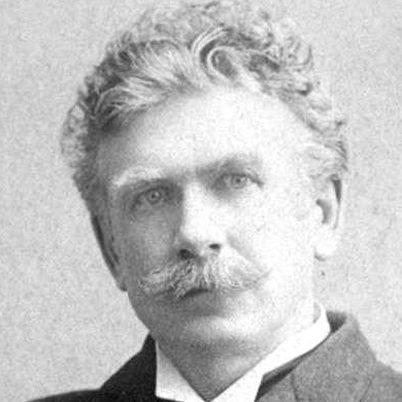
ENGLISH READING CIRCLE AT THE LIBRARY: THE SHORT STORY OF THE MONTH ANALYSIS
This week’s story is Ambrose Bierce’s “An Occurrence at Owl Creek Bridge”, published in 1890. While it would be unfair to suggest that Bierce deserves to be considered a “lesser-known author” given the strength of the rest of his oeuvre, it is undeniable that this story is by far his most popular and widely anthologized. It remains a staple in American literature curriculums in U.S. high-schools and colleges. The question is: why?
This would seem to be an easy story to skim, at least until arriving at the final sentence, at which point the reader may wish to double back and devote a bit more time and care to analyzing how Bierce crafts the action and suspense, all in preparation for the twist at the end. The technical skill Bierce demonstrates has been the focus of a majority of the critical response to this story, and it is certainly worth our attention. “An Occurrence” has been marked as a formative influence on many of the modernists who followed Bierce, and who pushed against literary convention just as Bierce does here. As you read (and re-read), be sure to note the shifts in style, tone and perspective that occur throughout. How does Bierce manage to make the story and the twist credible? What devices, images and specific language does he use to maintain the suspense? The question of style and technique bleeds into the question of characterization, which in turn brings us back to perspective; the point of view oscillates between that of an “objective” narrator and Peyton Farquhar, essentially the story’s sole developed character. Farquhar’s psychology and the manner in which it is expressed are obviously central to any analysis of “An Occurrence.” Just as crucial is a consideration of the sympathy (or lack thereof) with which the narrator views Farquhar and his plight. How is Farquhar presented here? How would you describe him, and how would characterize the narrator’s perception of him?
Perception is a key term for us to explore next Tuesday. We should also seek to explore the larger thematic issues at play in this story, which should not be considered simply an exercise in psychological formalism. This is, at heart, a war story, written by a writer who was deeply affected by a particularly brutal war. As you read and think about the story for next week, I suggest that you think carefully about what this piece says to us about the nature of war, about the nature of the American Civil War in particular, and about the myths and fantasies that can compete with reality, but never transcend it.
Andrew Bennett.
English Reading Circle moderator.
Sign up at: www.iie.es/agenda


